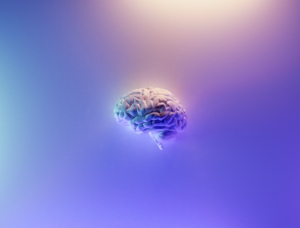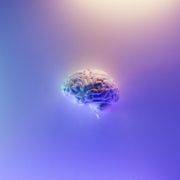Unveiling of Schizophrenia Brain Cells Shows New Treatment Targets
 When you take a brain tissue sample, all that your analysis generally shows you is an average for all the cell types present. And since there are a whole lot of different cell types in our brain, you get a kind of cell soup, which makes it difficult if not impossible to tell the cells apart, let alone study them.
When you take a brain tissue sample, all that your analysis generally shows you is an average for all the cell types present. And since there are a whole lot of different cell types in our brain, you get a kind of cell soup, which makes it difficult if not impossible to tell the cells apart, let alone study them.
Now, researchers from the University of Copenhagen in Denmark applied a new method to analyze neurons one by one in order to reveal hitherto unobtainable information about them. The researchers specifically studied post-mortem brain tissue from adult patients with schizophrenia using control samples from non-schizophrenic brains.
“The human brain has very heterogenous tissue with hundreds of neuron types. We identified exactly those neurons that are most affected by schizophrenia, the position of these neurons in the human brain, and what is wrong with these neurons,” explained Konstantin Khodosevich, group leader and associate professor at the Biotech Research & Innovation Center (BRIC) at the University of Copenhagen.
What is Schizophrenia?
“Schizophrenia is a psychosis,” wrote the late Colorado Recovery founder Richard Warner in his book The Environment of Schizophrenia. “It is a severe mental disorder in which the person’s emotions, thinking, judgment, and grasp of reality are so disturbed that his or her functioning is seriously impaired.”
Symptoms can vary in type and severity over time, with periods of worsening and remission of symptoms. It’s frequently difficult to distinguish between symptoms of bipolar disorder from schizophrenia.
Approximately one percent of Americans are affected by schizophrenia. In most cases, schizophrenia first appears in men during their late teens or early 20s. In women, schizophrenia often first appears during their 20s or early 30s.
New Treatment Target
By finding the neurons most affected in schizophrenia as a whole, the research team points out that these neurons could become the next treatment target.
“Now that we know the most affected neurons, we can try to target them to alleviate some of the symptoms that come with the disease. We also now know the molecular changes in these neurons. This gives us the potential to not only alleviate the symptoms but also treat schizophrenia early in the therapeutic window, which is during the brain’s maturation until 20–25 years of age,” said Khodosevich.
The researchers discovered a network of neurons most affected by schizophrenia. In particular, they show that it is the upper layers of the prefrontal cortex, the region of the cortex which is involved in higher cognitive brain functions such as learning and memory, and general cognition.
“Our results suggest that for treatment of schizophrenia we should not target one type of neurons, but rather their overall network. Impacting this network or cell ensemble could help restore the impaired function of these neurons,” Khodosevich said.
Identifying neurons that are possibly involved in developing schizophrenia can only be one aspect of treating this serious condition. Treatment is frequently lifelong and usually involves a combination of medications, psychotherapy, and coordinated specialty care services.
Colorado Recovery founder Richard Warner considered schizophrenia a bio-psycho-social disorder significantly affected by the environment surrounding the person with the mental health condition on multiple levels.
Colorado Recovery approaches care for mental health based on a path of self-reliance through developed practiced skills. This non-institutionalized philosophy offers comprehensive levels of care supported by an expert medical and clinical team, engaging patients in increasing community participation.





